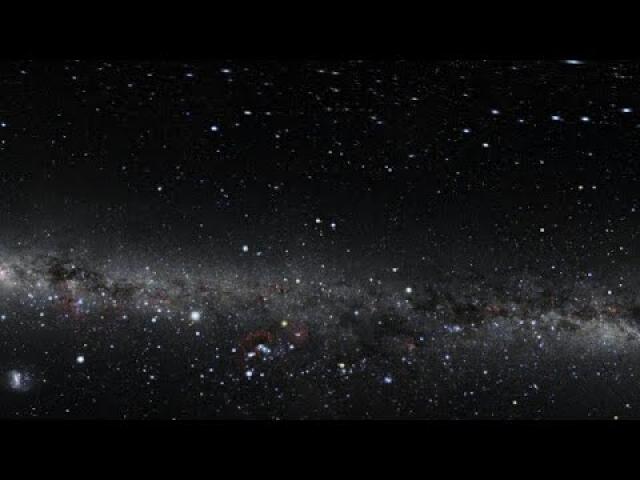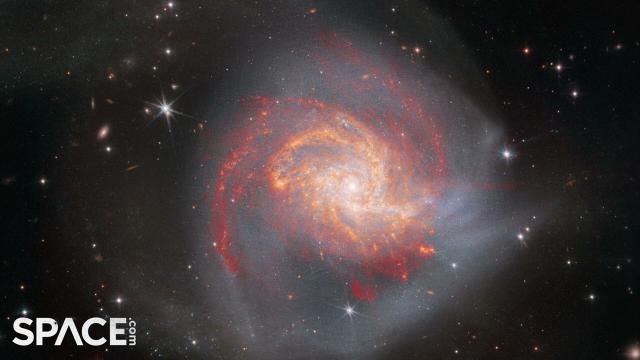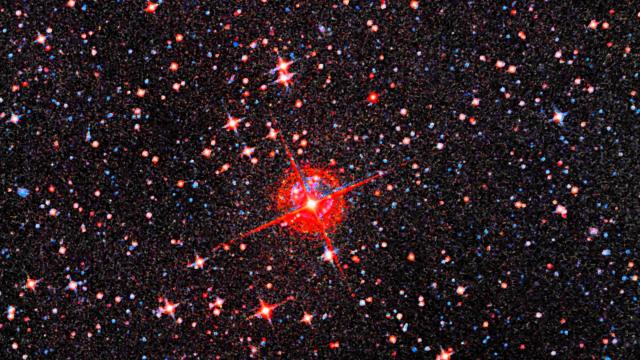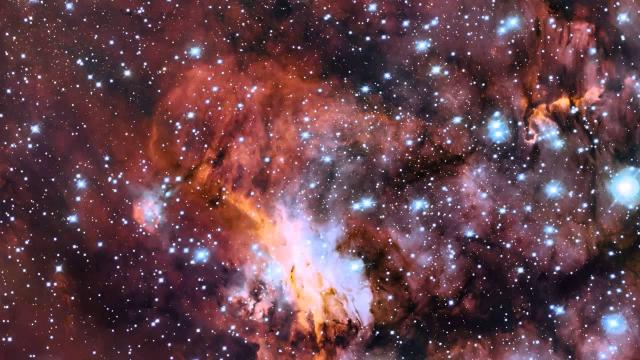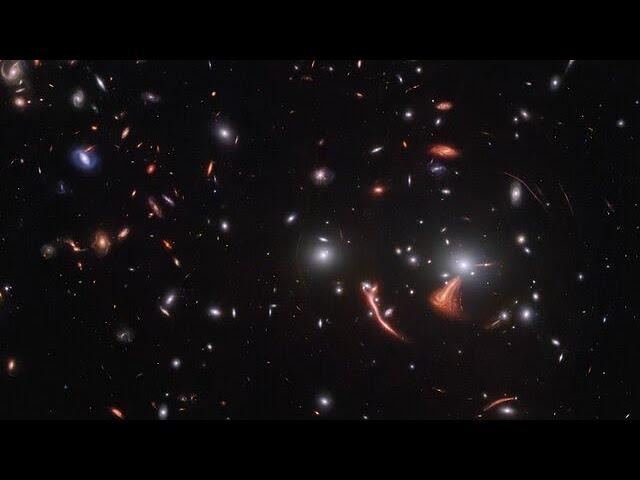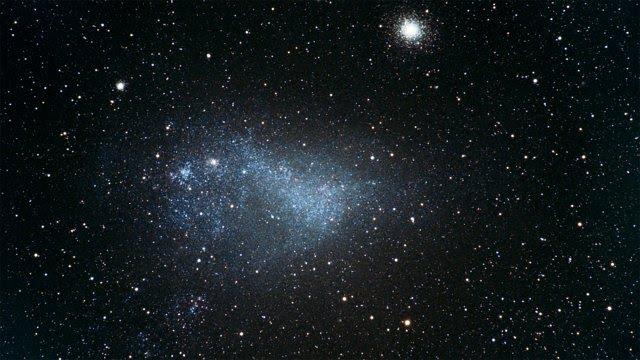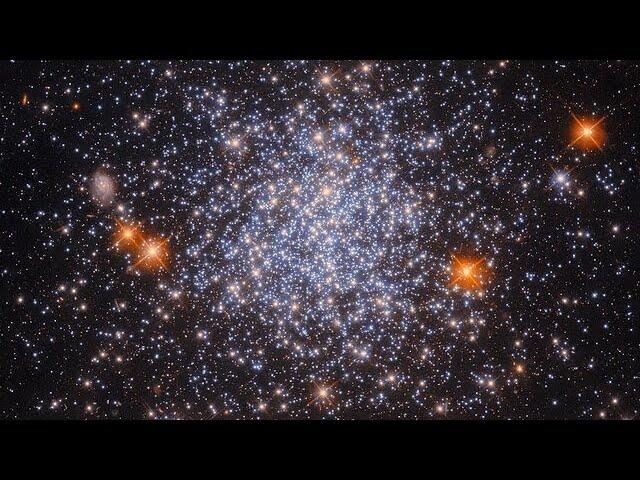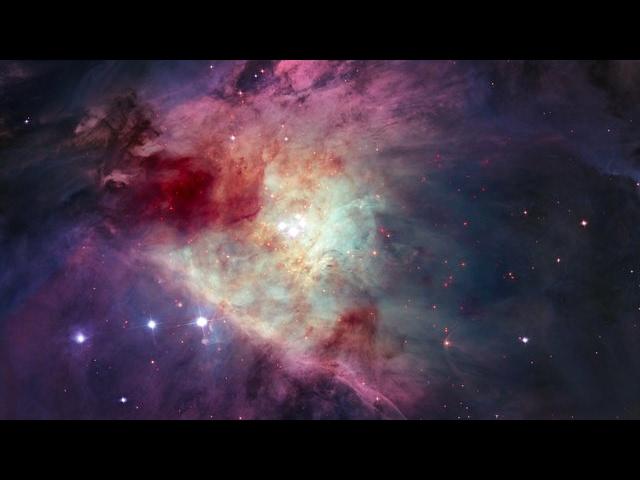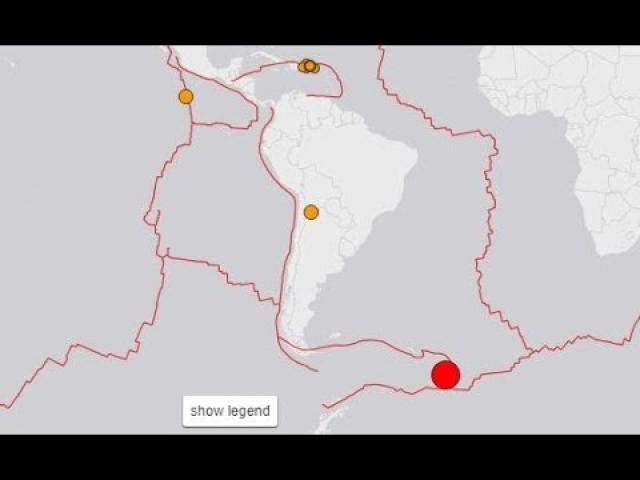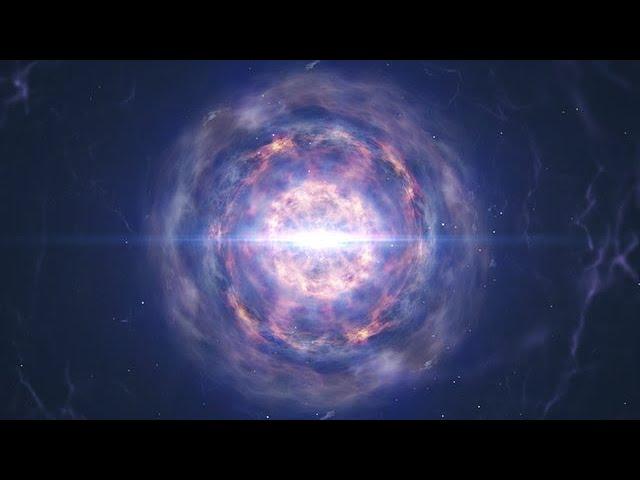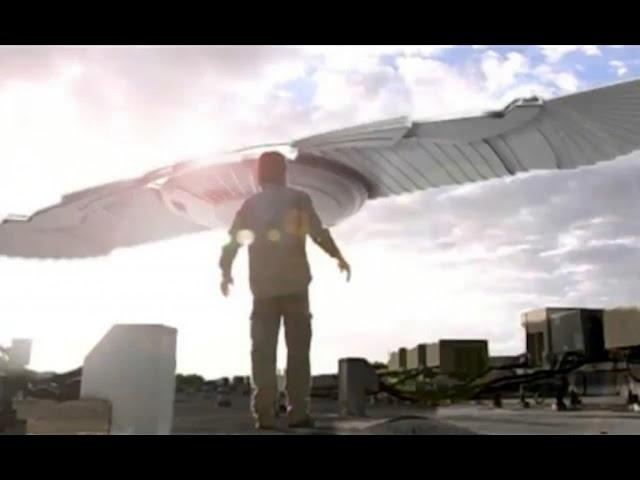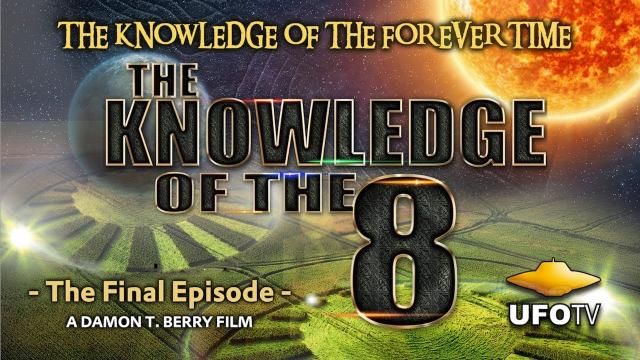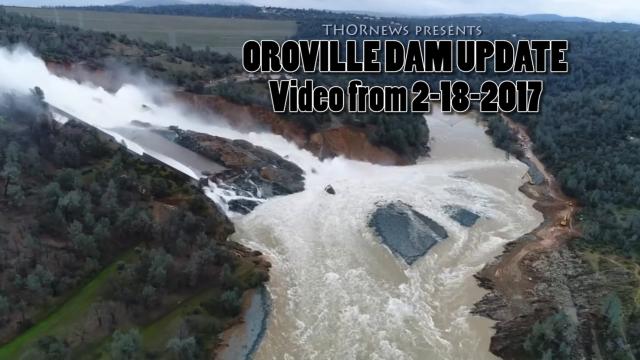Zoom into the cosmic seahorse
Description
This video takes a viewer on a journey through space to the latest ESA/Webb Picture of the Month, the cosmic seahorse.
Streaks of light and bright arcs betray the presence of a vast gravitational lens in this image. A galaxy cluster in the foreground has magnified distant galaxies, warping their shapes and creating the bright smears of light spread throughout this image. This effect, referred to by astronomers as gravitational lensing, occurs when a massive celestial object such as a galaxy cluster causes a sufficient curvature of spacetime for light to be visibly bent around it, as if by a gargantuan lens.
One of the consequential effects of gravitational lensing is that it can magnify distant astronomical objects, letting astronomers study objects that would otherwise be too faint or far away. This useful quirk of gravitational lensing has also been used to reveal some of the most distant galaxies humanity has ever encountered. The long, bright, and distorted arc spreading out near the core is one such example. A distant galaxy known as the Cosmic Seahorse, its brightness is greatly magnified by the gravitational lens, which has enabled astronomers to study star formation there.
This image was captured by NIRCam, Webb’s primary near-infrared camera, and contains the lensing galaxy cluster SDSS J1226+2149. It lies at a distance of around 6.3 billion light-years from Earth, in the constellation Coma Berenices. By combining Webb’s sensitivity with the magnifying effect of gravitational lensing, astronomers were able to use this gravitational lens to explore the earliest stages of star formation in distant galaxies. To do so, they relied on earlier studies by the NASA/ESA Hubble Space Telescope, which provided the ‘prescription’ for this gravitational lens.
This image shows only one observation from a programme designed to probe star formation in distant galaxies. As well as revealing how quickly stars form and characterising the environments in these galaxies that gave rise to new stars, these observations will demonstrate the capabilities of Webb and provide richly detailed datasets to the astronomical community. Astronomers expect Webb’s crystal-clear vision and cutting-edge instruments to provide new insights into star formation in distant, gravitationally lensed galaxies.
More information and download options: http://esawebb.org/videos/potm2303b/
Credit:
ESA/Webb, NASA & CSA, J. Rigby
Music: Tonelabs – The Red North (www.tonelabs.com)

